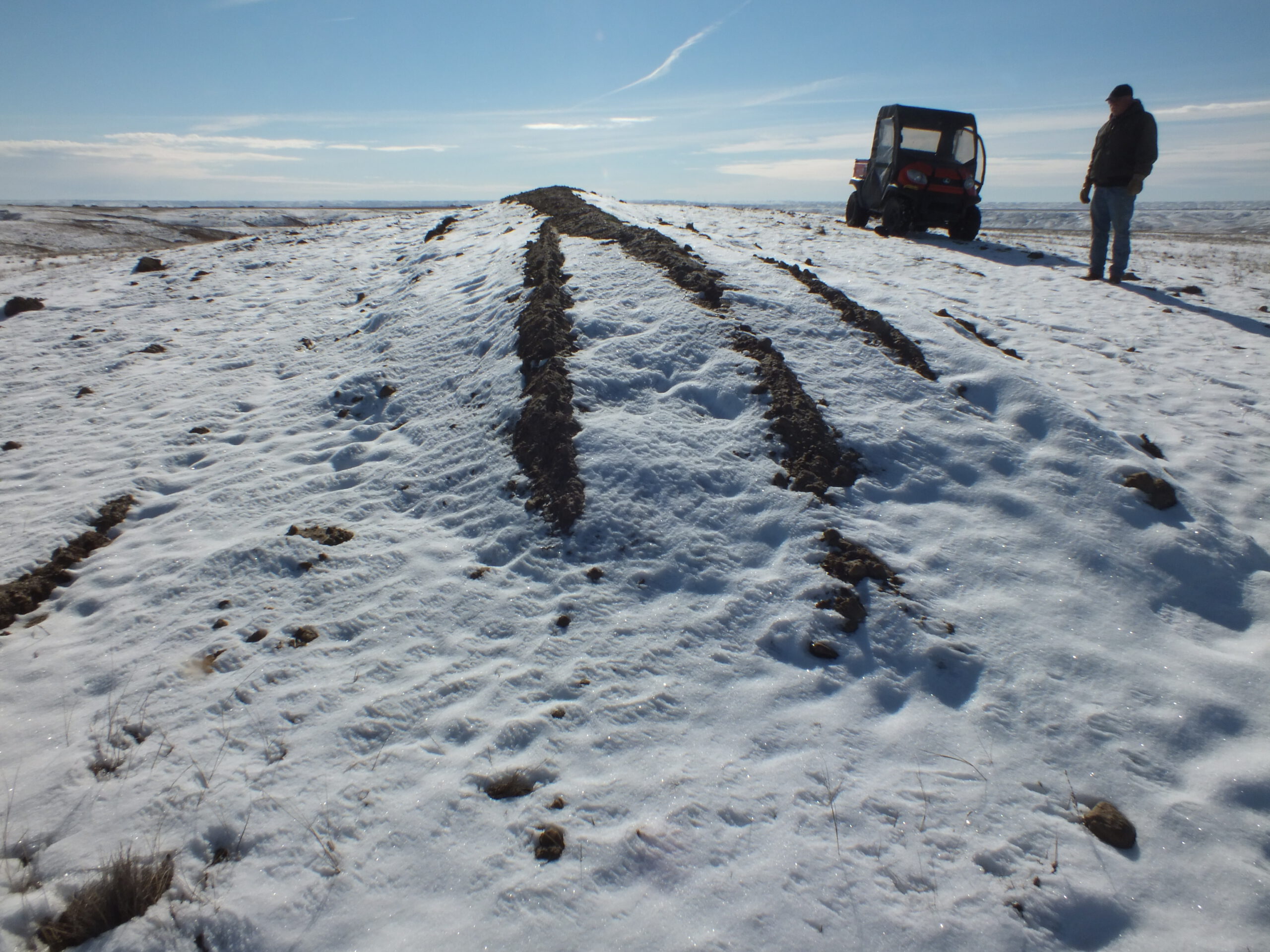- What Earth’s Magnetic Field Has to Do With Climate History - October 7, 2025
- The Science Behind Heat Domes and Their Growing Impact - October 7, 2025
- What Ancient Lake Beds Teach Us About Past Rainfall Patterns - October 6, 2025
The Stark Reality of Winter Storm Deaths and Injuries
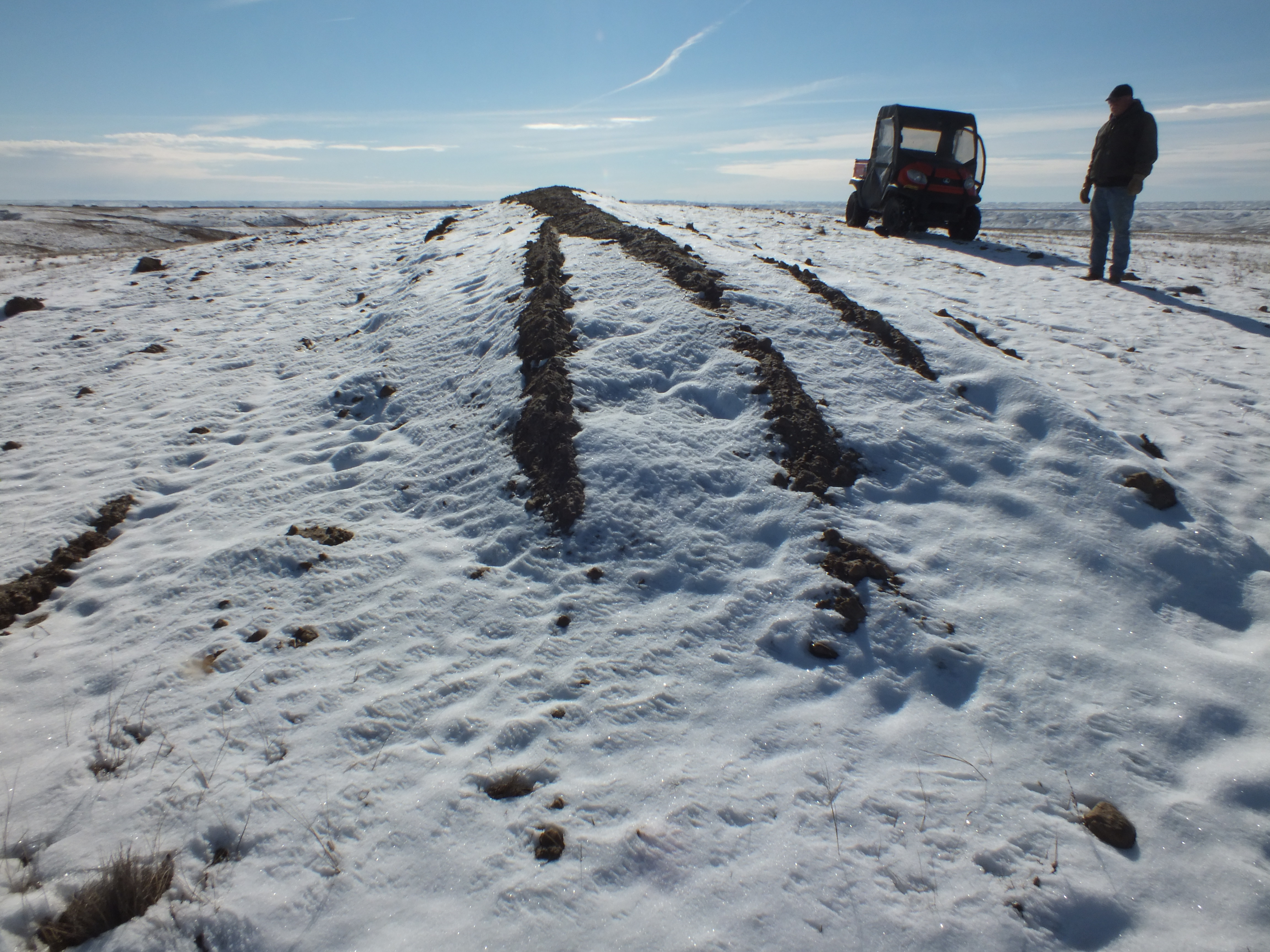
Winter storms kill more people than you might think. In 2023, 75,104 weather events resulted in 877 deaths and 3,857 injuries, with winter weather causing the largest number of reported injuries after heat and tornadoes. People can die from hypothermia in freezing conditions, making power outages during winter storms potentially deadly if they last for several days. According to the CDC, more than 16,500 people died from hypothermia or exposure to cold from 1999 to 2011, averaging 1,300 deaths per year.
Over the last five years, weather-related deaths are up 20% and injuries have increased 120%, while weather events themselves have increased only 11%. The numbers don’t lie – winter storms are becoming more dangerous, not just more frequent.
The Billion-Dollar Impact of Winter Disasters
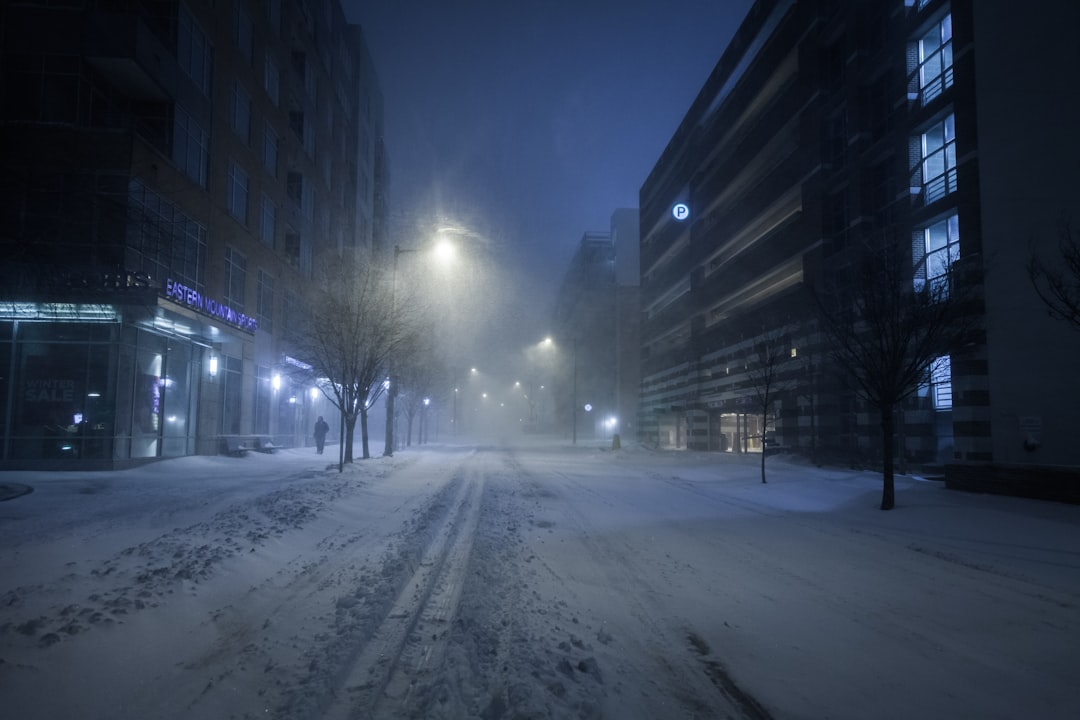
From 1980-2024, there were 403 confirmed weather/climate disaster events with losses exceeding $1 billion each, including 24 winter storm events. Winter storms caused nearly $6 billion in insured losses in 2022, the second-highest year on record for winter storm insured losses in the last ten years.
In 2024, there were 27 individual weather and climate disasters with at least $1 billion in damages, causing at least 568 direct or indirect fatalities and costing approximately $182.7 billion. These aren’t just numbers – they represent real families facing devastating losses.
Essential Water and Food Supplies
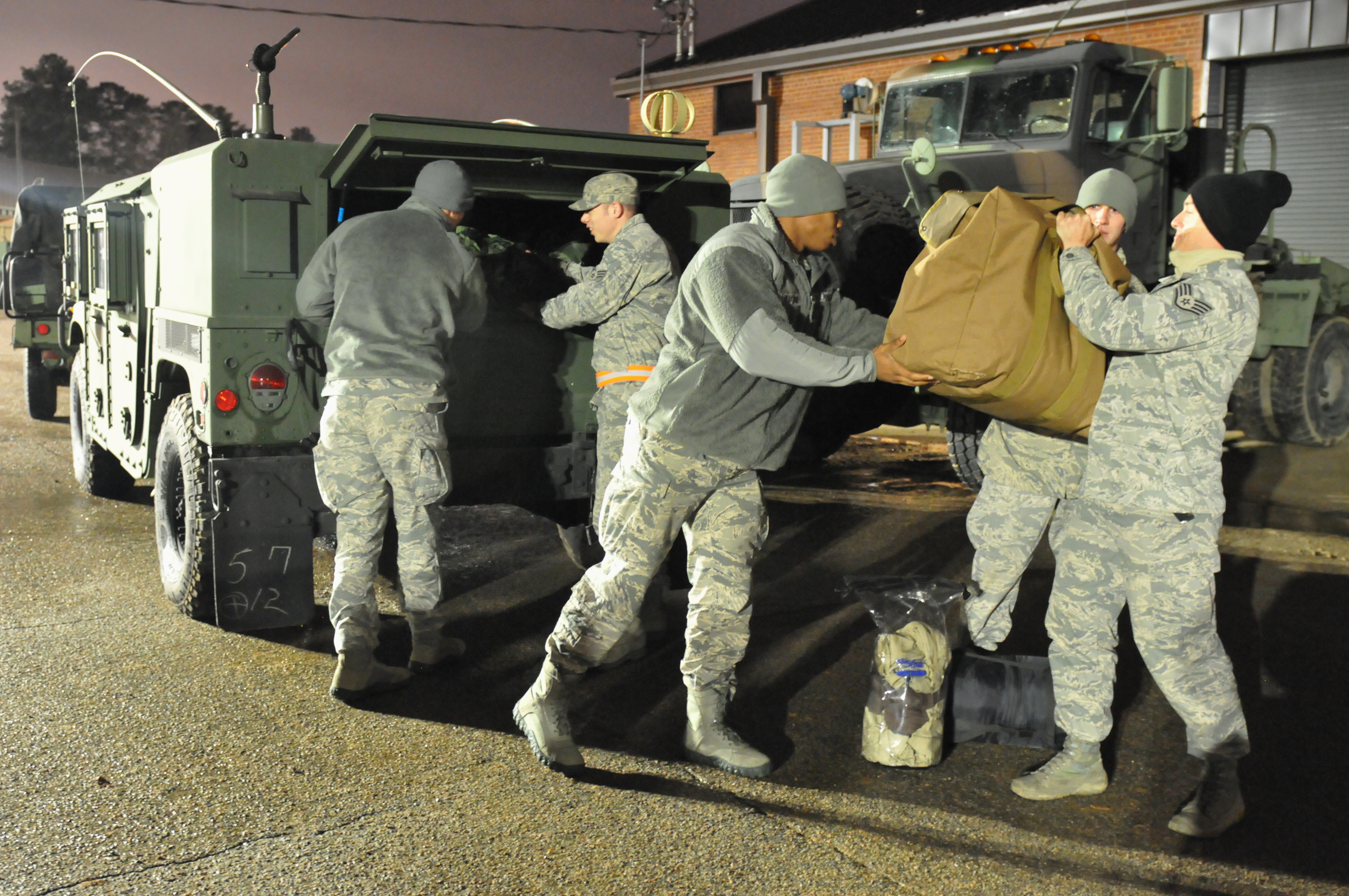
Start with the essentials: water (at least one gallon per person per day for three days), non-perishable food items (canned goods, dried fruit, nuts), and a manual can opener. Have 1 gallon of water per family member on hand for each day of the outage, with three to five days being safe for city dwellers, but rural residents should plan for one week or more.
A basic emergency supply kit should include water for drinking and sanitation, and at least a several-day supply of non-perishable food. Don’t wait until the storm hits to stock up. Don’t leave your grocery shopping for the day of the storm – stock up on supplies of nonperishable foods and snacks beforehand.
Power Sources and Communication Tools
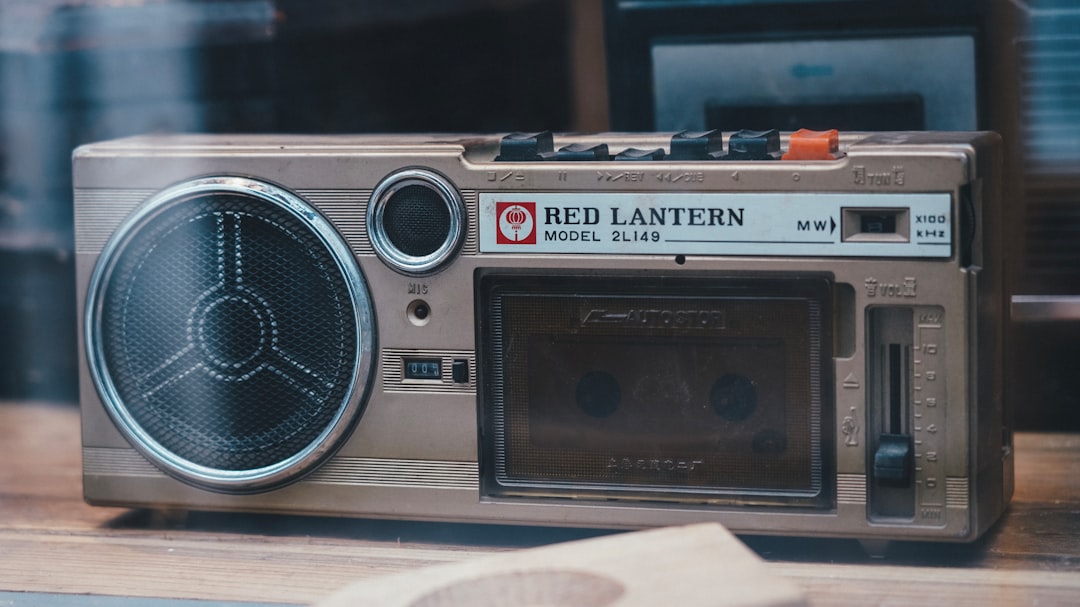
Your emergency kit should include battery-powered or hand crank radio and a NOAA Weather Radio. Keep a list of emergency contacts and local emergency numbers, and a charged power bank for your cell phone will be invaluable during power outages.
Plan for batteries and other alternative power sources to meet your needs when the power goes out, such as a portable charger or power bank. Everyone in your family should have a fully charged device in an emergency, but make it clear they are for communications only. Think of your car as a potential lifeline – some people keep a basic car battery inverter that plugs into the 12V socket, allowing the car to serve as “a rolling power supply” for essential items, which is why maintaining at least half a tank of gas is crucial.
Heating Equipment and Fire Safety
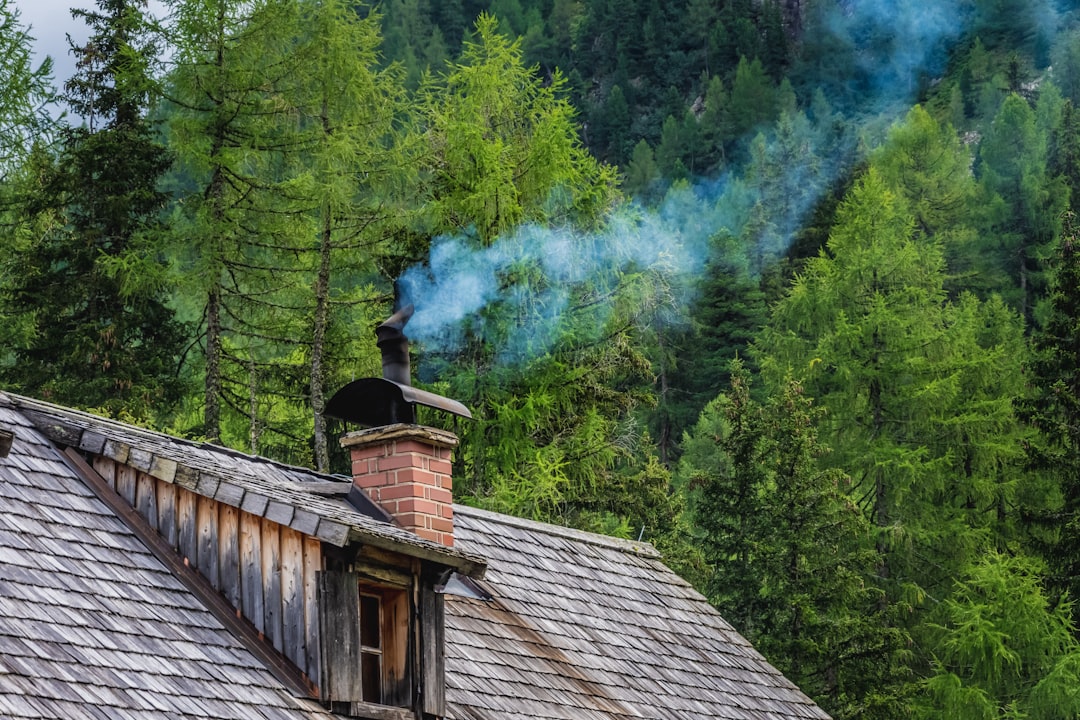
Test your heater before storms, and if your home has a chimney, have it cleaned and inspected every year – if you plan to use a wood-burning stove or fireplace, store dry wood during winter months and keep it off the ground. Maintain heating equipment and chimneys by having them cleaned and inspected every year.
Prevent fires by keeping all heat sources at least 3 feet away from drapes and furniture, and have an unexpired fire extinguisher on hand while teaching everyone in your household how to use it. If you plan to use a wood stove, fireplace, or space heater, be extremely careful and follow the manufacturer’s instructions – have extra blankets, sleeping bags, warm winter coats, or a properly maintained fireplace ready.
Generator Safety and Carbon Monoxide Prevention
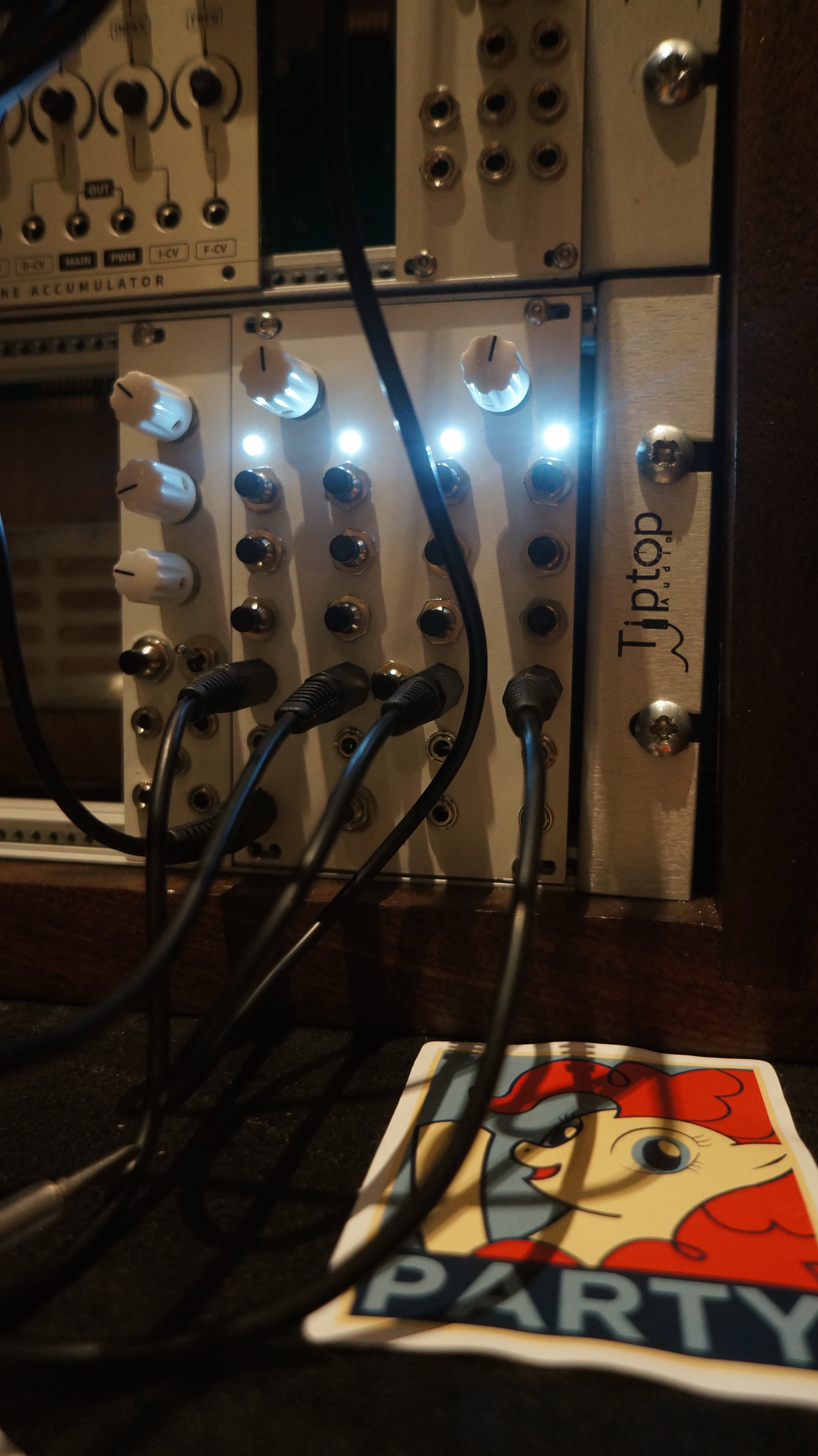
Carbon monoxide poisonings in the United States consistently occur when residents improperly use portable gasoline-powered generators following severe storms and power outages, but installing CO alarms and placing generators more than 20 feet away from indoor structures can prevent these poisonings. Carbon monoxide is an odorless, colorless gas that can cause sudden illness and death – when power outages occur, alternative fuel sources can cause CO to build up in homes, and you must never use a generator inside your home, basement, or garage or less than 20 feet from any window, door, or vent.
If your budget allows, buy a portable generator and test it once per month during the cold months, storing enough fuel to run it for a week. Install working carbon monoxide detectors on every level of your home because carbon monoxide is a colorless, odorless gas that can kill you, your family and pets.
Vehicle Emergency Kit Essentials
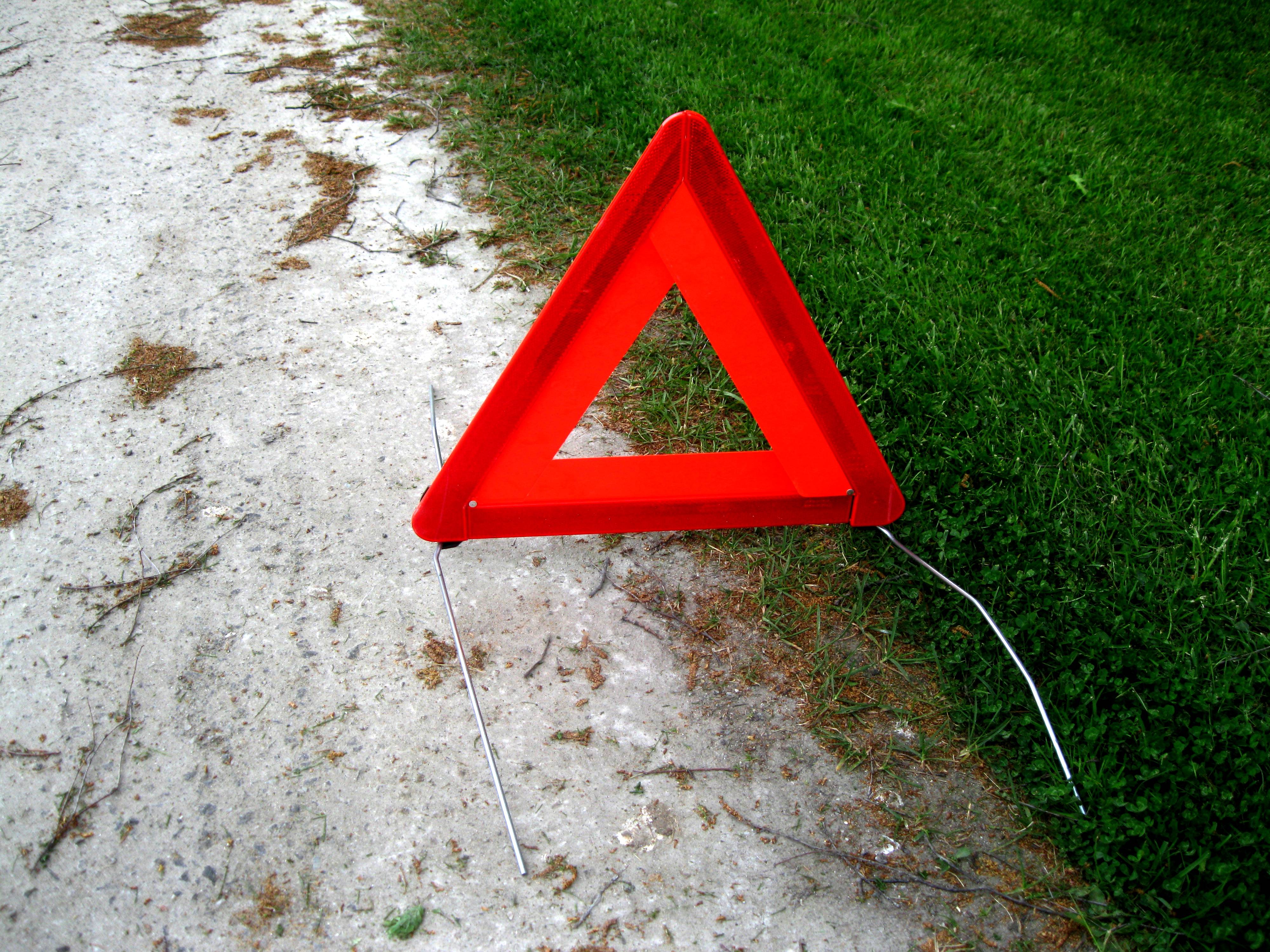
For your car, pack a flashlight, blankets, non-perishable snacks, bottled water and a first-aid kit tailored to your family’s needs. Include tools for winter conditions: an ice scraper, shovel, jumper cables, tire inflator and repair kit, plus a spare tire and the tools needed to change it.
Keep road flares or reflective triangles to alert other drivers if you’re stranded, a whistle and gloves to help keep you warm while waiting for assistance, plus a map of your area since GPS may not always be reliable in winter storms. Stay off the roads during hazardous winter weather whenever possible, but if you absolutely have to venture out, ensure emergency supplies are in your vehicle and your mobile phone is fully charged.
Food Safety During Power Outages
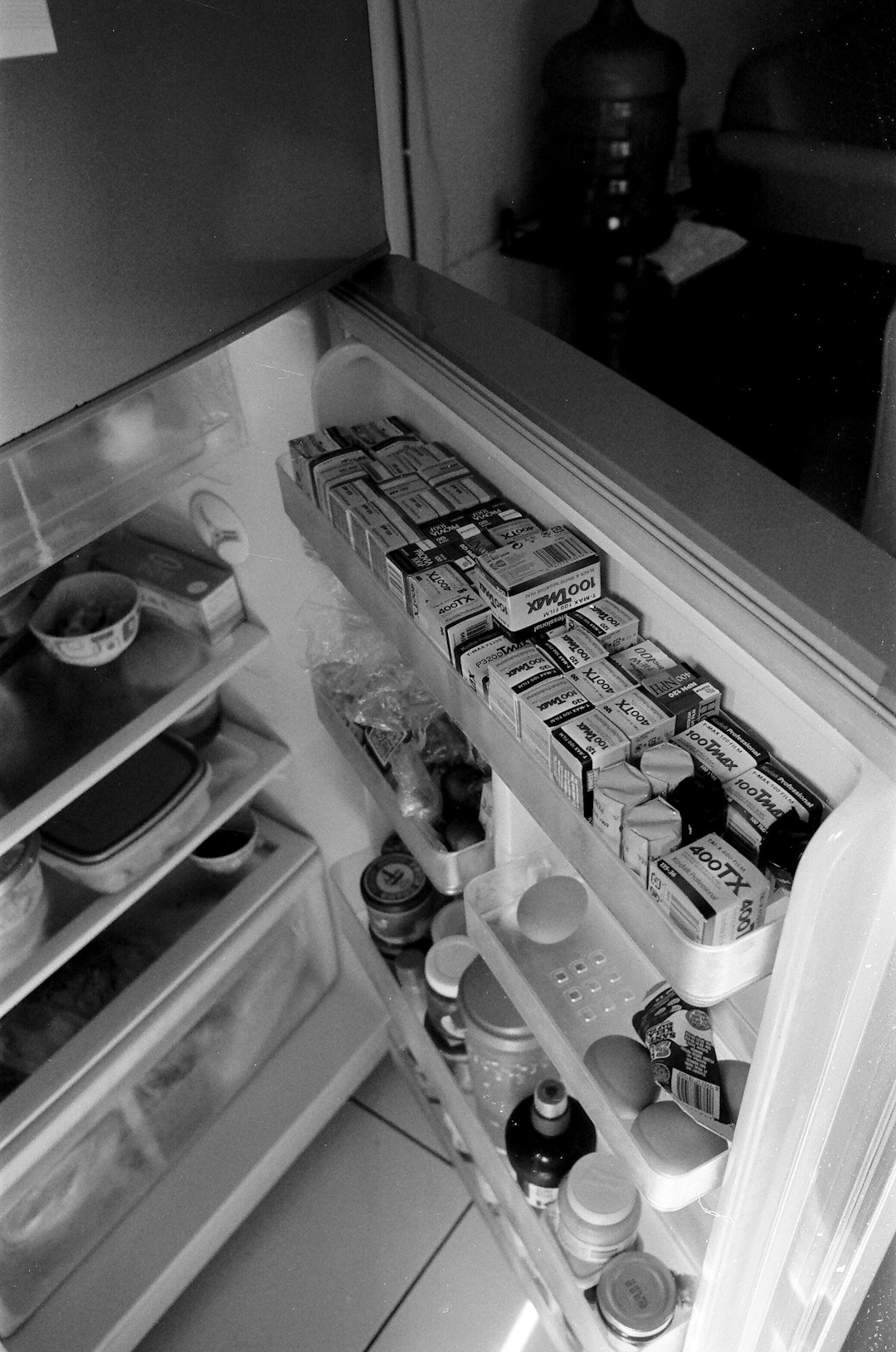
Strong food supplies are useless if not stored properly – don’t open your refrigerator or freezer any more than necessary during power outages, as unopened fridges keep food cold for four hours and unopened freezers keep food frozen for up to 24 hours. You can supplement by putting frozen water bottles throughout your fridge and freezer, but throw out food if it becomes warmer than 41°F.
The refrigerator will keep food cold for about four hours, and a full freezer will keep the temperature for about 48 hours. Throw away any food exposed to temperatures 40 degrees or higher for two hours or more, or with unusual odor, color or texture – if power is out for more than a day, discard refrigerated medication unless the label says otherwise and consult your doctor immediately for a new supply.
Recognizing and Treating Hypothermia
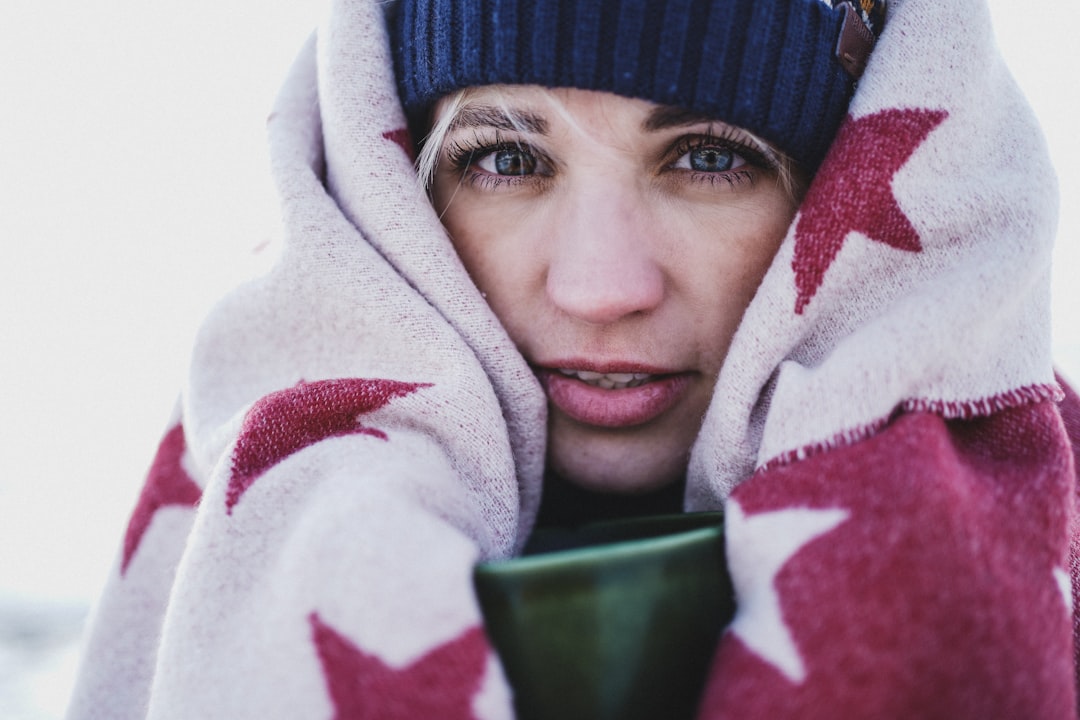
Hypothermia (abnormally low body temperature) is a dangerous condition that can happen when a person is exposed to extremely cold temperatures. In babies, signs include bright red, cold skin, and very low energy – if you notice any signs, take the person’s temperature, and if it’s below 95° F, the situation is an emergency requiring immediate medical attention.
Hypothermia can kill you, so stay warm indoors to prevent frostbite and hypothermia. Hypothermia is a medical emergency – know the signs and symptoms, and if you notice any signs in someone, take their temperature immediately, seeking medical attention if it’s below 95° F.
Frostbite Prevention and Treatment
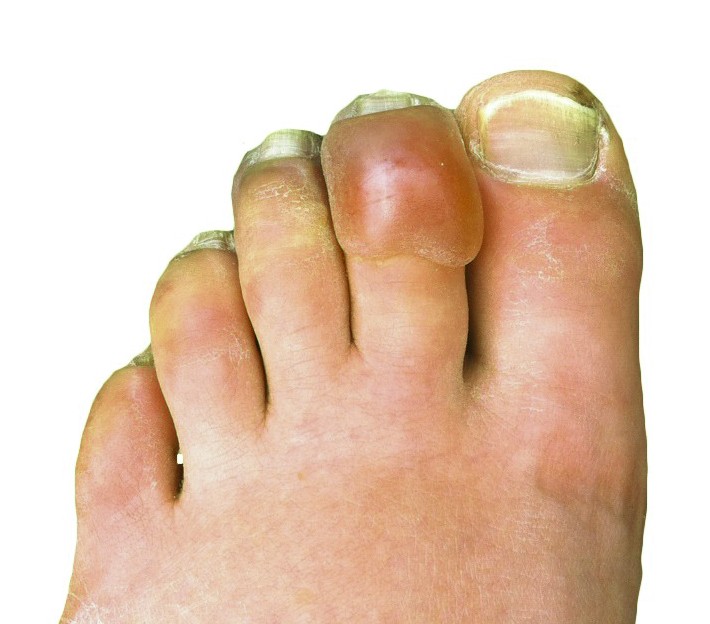
Frostbite is when a part of your body freezes, with your nose, ears, cheeks, chin, fingers, and toes often being the first affected – people may experience pain, numbness, and a change of skin color. Frostbite causes loss of feeling and color around the face, fingers and toes, with signs including numbness, white or grayish-yellow skin, and firm or waxy skin.
What to do for frostbite: move to a warm place, warm the affected area gently by soaking in warm water (NOT hot) until the skin appears normal and feels warm, then seek emergency medical care. Actions include going to a warm room, soaking in warm water, using body heat to warm the area, but never massage or use a heating pad.
Home Insulation and Weatherproofing
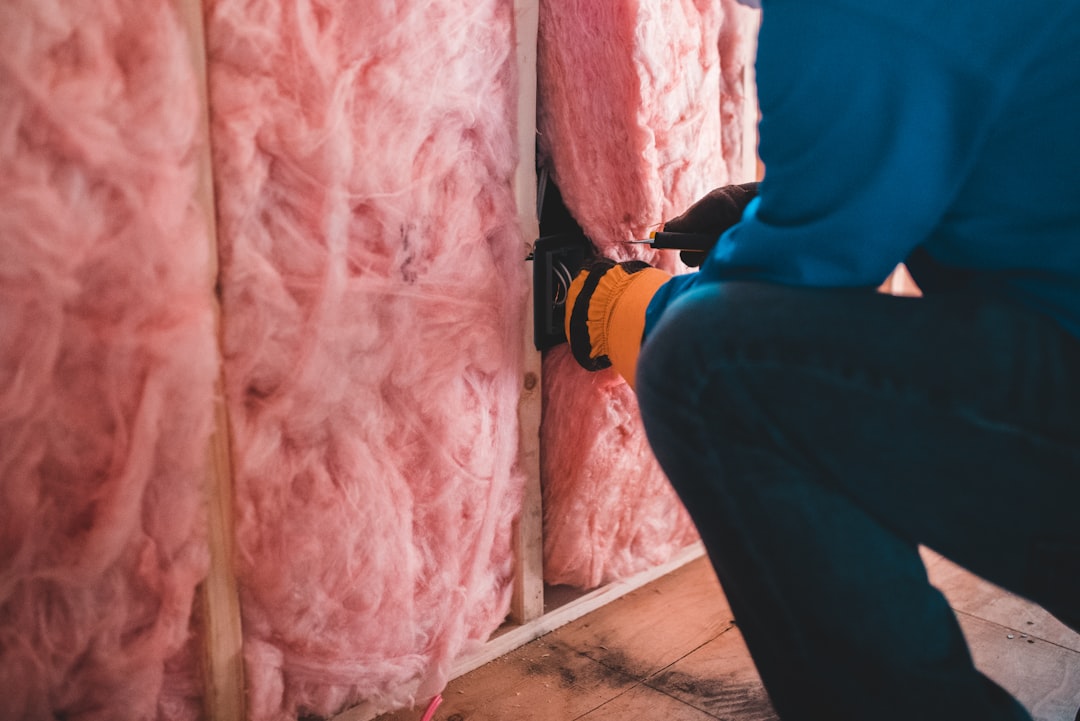
Installing storm windows and updating your weatherstripping can give your home an extra insulation boost, and you can use weatherproof tarps to cover drafty windows. Make sure your home is properly insulated, caulk and weather-strip doors and windows to keep cold air out, and install storm windows or cover windows with plastic from the inside to provide insulation.
To save on heating bills, close doors of unused rooms, close the vents and shut the doors while keeping the basement door closed, and place a rolled towel at the bottom of all doors to keep drafts out. About 30% of a home’s heating energy is lost through windows, so keep window coverings open during the day to take advantage of the sun’s heat, especially windows that get direct sunlight.
Creating Multiple Emergency Kits
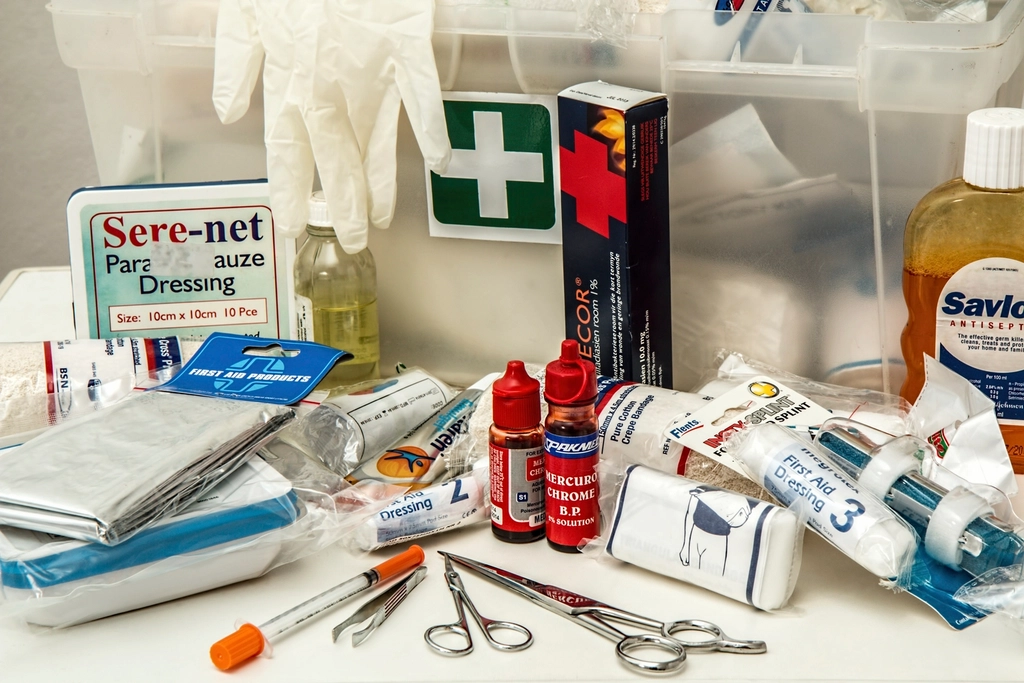
Since you don’t know where you’ll be when an emergency occurs, prepare supplies for home, work and cars – keep a home kit in a designated place ready for quick evacuation, and make sure all family members know where it’s kept. Be prepared to shelter at work for at least 24 hours, with your work kit including food, water and other necessities like medicines, plus comfortable walking shoes, stored in a “grab and go” case.
A comprehensive winter storm survival kit should include a 3-day emergency supply of water, food, a tent, blankets, body warmers, flashlight, a hygiene kit, and other necessities, with all supplies pre-packed for fast and easy transport. Each household has unique needs, so customize your winter preparedness kit with critical documentation like house deeds and passports.
Staying Safe While Stranded
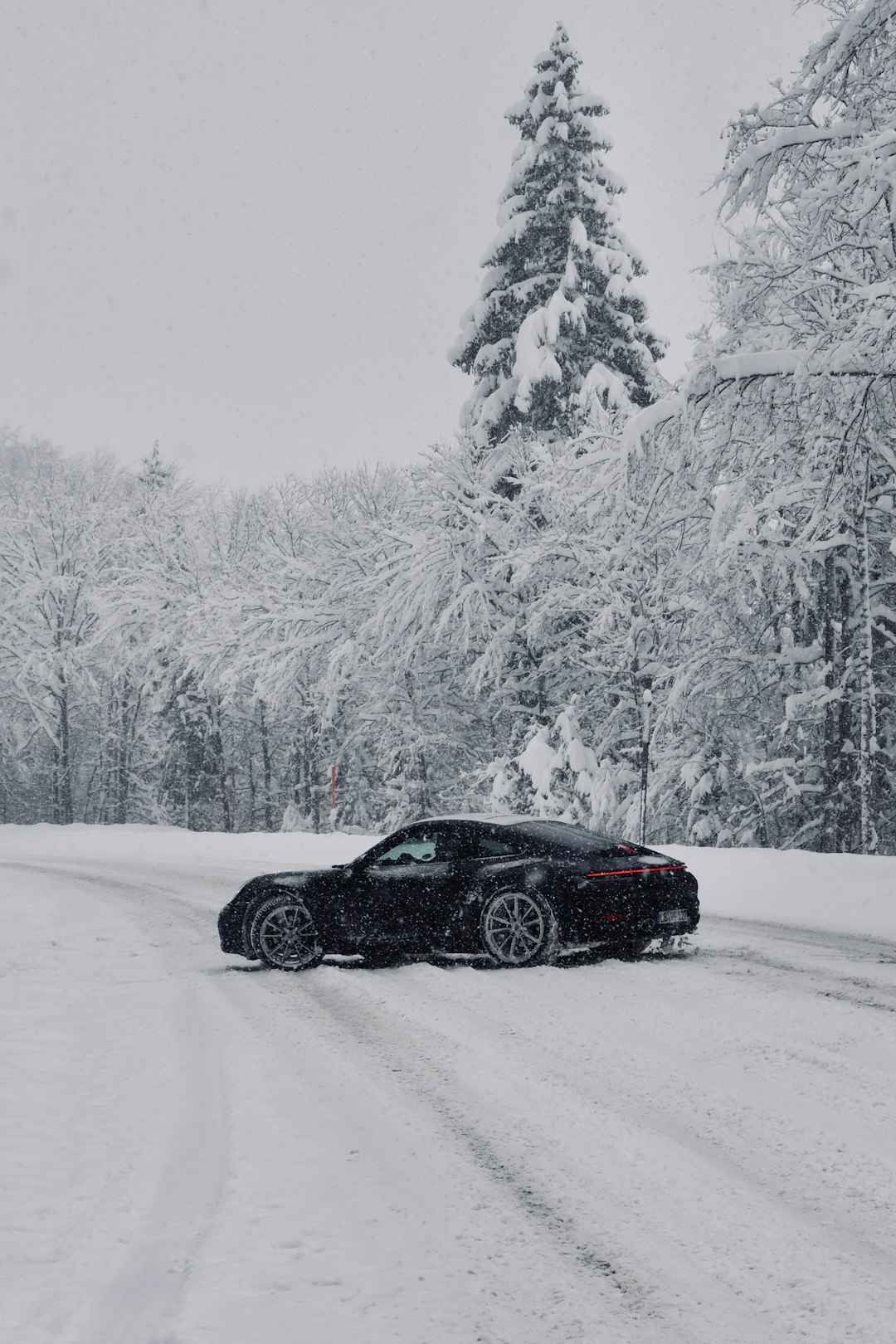
If you become stranded, do not leave your vehicle as it protects you from harsh weather conditions – only leave if help is visible within about 100 yards. If trapped in your car, run the motor and heater for about 10 minutes per hour while opening one window slightly to let in air, making sure snow isn’t blocking the exhaust pipe to reduce carbon monoxide poisoning risk, and keep moving your arms and legs to improve circulation and stay warmer.
Do not eat snow because it will lower your body temperature, and huddle with other people for warmth. If stranded, run the engine for about 10 minutes per hour to run the heater and charge your cellphone, opening a window slightly to let fresh air in and avoid carbon monoxide poisoning.
Winter storms don’t just bring snow – they bring life-threatening situations that catch people unprepared every single year. The difference between surviving and becoming another statistic often comes down to the preparations you make before the storm hits. Your family’s safety depends on taking these steps seriously, not when the weather forecast looks ominous, but right now.

